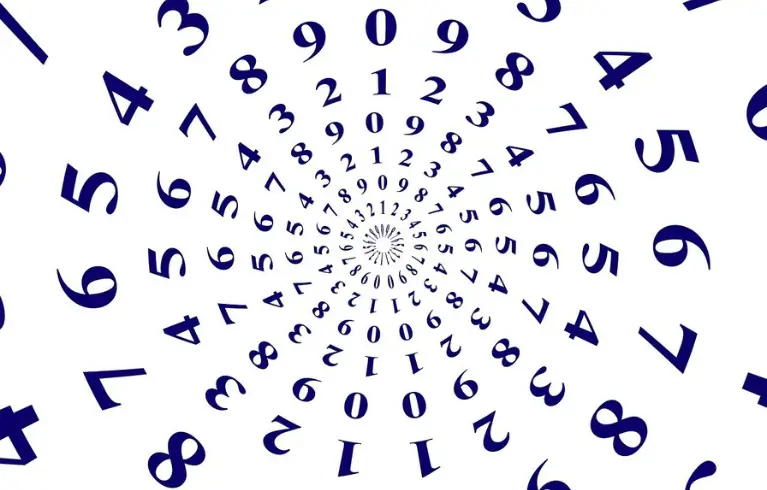Summation notation, also known as sigma notation, is a mathematical representation used to succinctly express the sum of a series of terms. It is commonly employed in various fields of study, including mathematics, physics, and computer science, to simplify complex calculations and convey mathematical concepts concisely.
In summation notation, the Greek letter sigma $\Sigma$ is utilized to denote the sum of a series. The notation consists of the sigma symbol followed by the index variable, which represents the values that the terms of the series can take. The lower limit of the index variable is specified below the sigma symbol, while the upper limit is indicated above it. The expression to be summed is written to the right of the sigma symbol, with the index variable taking on each value within the specified range.
Understanding Summation notation
For instance, consider the series of terms $a_1,a_2,\cdots,a_n$. In summation notation, this series can be represented as $\sum_i a_i$ where $i$ is the index variable ranging from $1$ to $n$. This notation succinctly conveys the sum of all terms in the series, with the index variable i taking on each value from $1$ to $n$. To give more precision, we also write $$ \sum_{i=1}^n a_i.$$ As an example, we introduce the harmonic sum $$ H_n=\sum_{i=1}^n \frac{1}{i}=1+\frac{1}{2}+\cdots+\frac{1}{n}.$$
Summation notation offers several advantages in mathematical discourse. Firstly, it allows for the concise representation of series, reducing the need for lengthy and repetitive expressions. Additionally, it facilitates the manipulation and analysis of series, enabling researchers to perform calculations and derive mathematical properties more efficiently. Moreover, summation notation aids in the communication of mathematical ideas, as it provides a standardized and universally recognized format for expressing sums.
Properties of Summation
Summation follows certain properties that make it a powerful mathematical tool. Some key properties include:
- Linearity: The summation of a linear combination of terms is equal to the linear combination of the individual summations. Mathematically, for constants $a$ and $b$, we have: $$ \sum_{i=1}^n (a x_i+by_i)=a\sum_{i=1}^n x_i+b\sum_{i=1}^n y_i.$$
- Splitting: A summation can be split into multiple parts. This property is useful when dealing with complex sequences. For instance if $1\le 1\le n$, then $$ \sum_{i=1}^n x_i=\sum_{i=1}^k x_i+\sum_{i=k+1}^n x_i.$$
Applications of Summation notation
The concept of summation finds applications in various mathematical and real-world scenarios:
Series: Summation is fundamental in understanding series, where terms are added together. Infinite series, such as arithmetic and geometric series, are pivotal in calculus and mathematical analysis.
Calculus: Summation is closely connected to calculus through integral approximations. Techniques like Riemann sums use summation to estimate areas under curves.
Finance: Summation is used to model financial scenarios, such as calculating compound interest over time or evaluating annuities.
Physics and Engineering: In physics, summation is applied to calculate discrete quantities that approximate continuous phenomena. For instance, calculating the total distance traveled by an object undergoing varying acceleration.
Conclusion
In conclusion, the art of summation is a cornerstone of mathematics with far-reaching implications. Whether in pure mathematics, calculus, finance, or the physical sciences, understanding and mastering the concept of summation equips us with a versatile tool for solving problems and making sense of the world around us.
Through the lens of summation, the seemingly complex act of adding numbers takes on new depth and significance, connecting various mathematical domains and practical applications.
